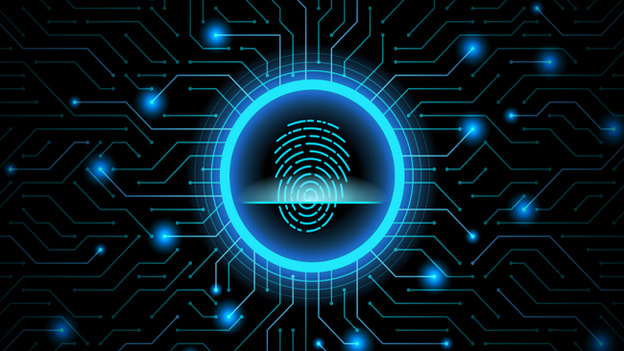Multi-factor authentication dramatically improves security. It is unlikely that an attacker will be able to forge or steal the three elements involved in this element, which makes the login more secure and for those who seek more security other than that provided by 2 factors.
It is important to know that the reliability of authentication is affected not only by the number of factors involved, but also by how they are implemented. In each category, the choices made for authentication rules greatly affect the security of each factor. Poor or absent password rules, for example, can result in the creation of “guest” passwords, completely overriding the value of using a password.
How each authentication of the factors differs
▸One factor authentication: The most recognized type of one factor authentication of course is the password.
▸Two factor authentication: In addition to the first factor included in this, the second factor is something that a user has. Examples of something a user has are a keychain that generates a default code, a signed digital certificate, or even a biometric such as a fingerprint.
▸Three Factor Authentication: In addition to the above two factors of course included in this one, the third factor is something that a user is. Examples of a third factor are all biometric, such as the user’s voice, hand settings, a fingerprint, a retinal scan, etc.
Finally, although it is obvious, many people overlook this point. One factor is less secure than two-factor, which is less secure than three-factor authentication.
However, if users construct their passwords or passphrases correctly and there are other login restrictions, one-factor authentication can be quite effective against security breaches, possibly in the 90% range. The two-factor generally increases effectiveness to around 97-98%. And the three-factor probably brings things to a six sigma level of efficiency. Note that even with the three-factor, you only get 99.9999% effective.
Many of us take our security very seriously and it is that in itself this is very important since we can have bank accounts at stake, accounts with important content and many more things and this is a gift for us since we reinforce our cybersecurity even more.
Related reads:
OAuth risks which were critical
How we protect ourselves from Carding
What risks does using Biometric Data presents?



